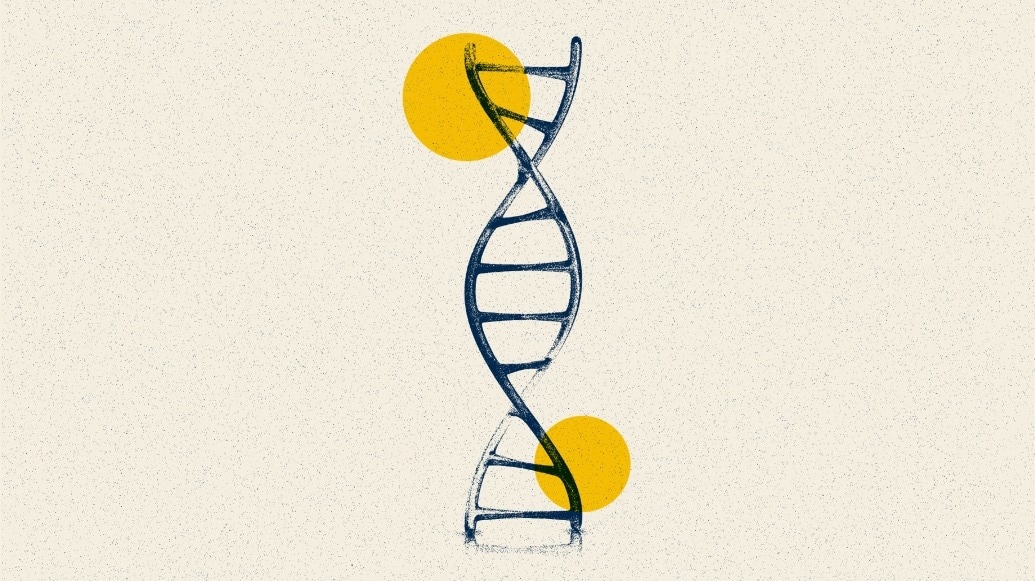RNA, particularly mRNA, has recently received some attention as the major component of the COVID-19 vaccines.

Jacob Dwyer, Justine Ross. Image Credit: Michigan Medicine
Its typical purpose in an organism is to transport the genetic material coded in the DNA inside a cell’s nucleus into the cell’s interior, where it is translated into proteins that perform various tasks in the body. However, before this happens, the RNA is altered to make it more stable and mature.
N6-methyladenosine, or m6A, is a ubiquitous and significant RNA modification in animal cells. Over the last decade, scientists have discovered that m6A modification has a wide range of roles, from cell programming to embryo development.
A significant goal for computational medicine researchers has been to define the transcriptome—the sum of all of a cell’s RNA readouts, including alterations like m6A. This readout can tell researchers when genes in a cell are turned on and off, which determines the cell’s fate in a significant part.
Kin Fai Au, PhD of the Department of Computational Medicine and Bioinformatics at the University of Michigan Medical School, has successfully generated the landscape of m6A in a mouse embryo, one of the remaining frontiers for mapping m6A modification.
Because of the limited amount of cellular material in early embryonic development, it is very challenging to map m6A modification.”
Kin Fai Au, Department of Computational Medicine and Bioinformatics, University of Michigan Medical School
The amount of RNA being investigated, for example, is quantified in picograms (one trillionth of a gram).
Arne Klungland, PhD, and John Arne Dahl, PhD, both of Oslo University in Norway, collaborated on the study by pooling mouse embryos at six developmental stages and producing transcriptome-wide m6A maps for each.
In the process, they observed surprising patterns of m6A alteration on genes inherited from the mother as opposed to those triggered by the developing embryo. They also discovered m6A distribution in developing embryo transposable elements, which were previously thought to be “junk” because they did not encode proteins.
According to Au, this discovery fills a vacuum in the transcriptome field and allows researchers to dive deep into the function of m6A during development.
Now we have more comprehensive understanding of the different layers of -omics in early embryo development.”
Kin Fai Au, Department of Computational Medicine and Bioinformatics, University of Michigan Medical School
Source:
Journal reference:
Wang, Y., et al. (2023). The RNA m6A landscape of mouse oocytes and preimplantation embryos. Nature Structural & Molecular Biology. doi.org/10.1038/s41594-023-00969-x.